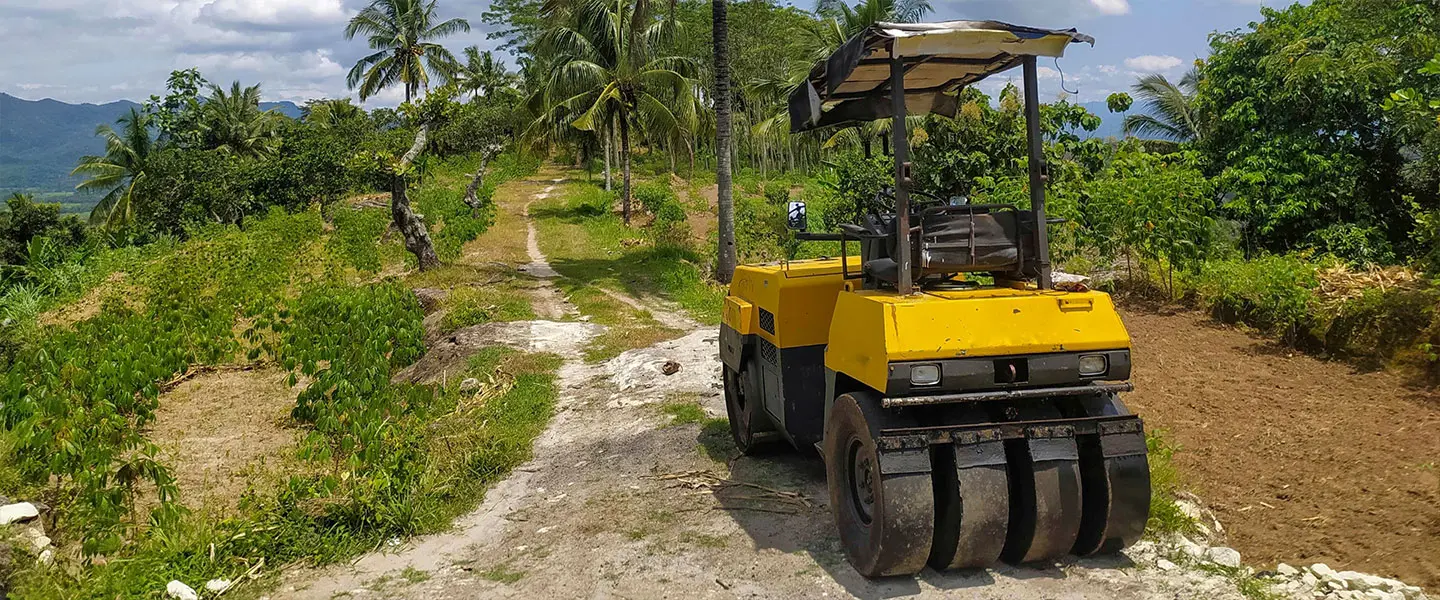
Overview
The Mining, Agriculture, and Construction (MAC) Protocol will help us achieve a more prosperous and sustainable world.
What is the MAC Protocol?
The Mining, Agriculture and Construction (MAC) Protocol is an international agreement between countries that creates a global legal framework for the financing of mining, agriculture and construction equipment. The overarching goal of the MAC Protocol is to facilitate the efficient financing and leasing of MAC equipment by reducing risks for financiers. When globally adopted, the MAC Protocol will ensure that the same rules apply to the financing of MAC equipment, regardless of which country the equipment is in. It will also ensure that a legal right in MAC equipment is not affected by the equipment moving across borders.
By increasing legal certainty and thereby mitigating credit risk for financiers, the MAC Protocol is poised to drive down financing costs and broaden the availability of cutting-edge, modern equipment. This, in turn, fosters productivity, economic expansion, and sustainable development, particularly in regions with limited access to such equipment.
How the MAC Protocol works
The MAC Protocol covers the sale and leasing of mining, agriculture and construction equipment and expands the application of an existing international treaty, the Convention on International Interests on Mobile Equipment (Cape Town Convention). The Cape Town Convention is one of the most successful commercial law treaties in history, having been ratified by over 85 countries.
Creation of International Interests: If a company wants to borrow money to acquire or lease MAC equipment is in a country that has ratified the MAC Protocol, then the treaty applies. The creditor can create an “international interest” in the MAC equipment they are financing, whether it be a secured loan or a lease. An international interest is a powerful legal right that mitigates the creditor’s legal risks and allows the creditor to lend more money at a cheaper rate.
Registration and Protection of an International Interest: Once a creditor has an international interest in MAC equipment that it has financed, the creditor can register that international interest in an online electronic registry. Once registered, the international interest provides the creditor with global protection, regardless of whether the MAC equipment moves across borders. If the company that borrowed money defaults on its loan or lease obligations, the creditor that first registered its international interest in the online registry will have priority in enforcing its legal rights in the equipment.
Enforcement of Rights: If the borrower defaults on its loan or lease obligations, the MAC Protocol provides rules allowing the creditor to enforce its legal rights in the equipment. The MAC Protocol allows the creditor to repossess the equipment, export the equipment, resell or release the equipment and collect any money being generated from the use of the equipment. The MAC Protocol may also allow the creditor to enforce its rights outside of a court proceeding, and even where the borrower has become insolvent.
What equipment does the MAC Protocol cover?
The MAC Protocol applies to a wide variety of equipment. The MAC Protocol is designed to cover commercially used, uniquely identifiable MAC equipment using six-digit Harmonized System (HS) codes from the World Customs Organization. These codes are widely used around the world to classify 98% of international trade.
The MAC Protocol contains three Annexes (Annex 1 for Mining Equipment, Annex 2 for Agricultural Equipment, and Annex 3 for Construction Equipment) listing a total of 56 HS codes that cover equipment that falls within the scope of the Protocol. The 56 HS codes cover over $148 billion USD worth of MAC equipment traded annually around the world.
The 56 HS codes were chosen on the basis of five criteria:
- The HS code covers equipment used predominantly in the MAC sectors
- The HS code covers equipment predominantly used in commercial settings
- The HS code covers equipment with individual serial numbers
- The HS code covers complete equipment, rather than parts
- The HS code covers equipment used on-site in the MAC sectors
Examples of equipment within the scope of the MAC Protocol include bulldozers, graders, levellers, conveyors, rock drills, earth borers, cranes, excavators, pile-drivers, tunnelling machinery, compacting machinery, grinding machines, concrete and mortar mixers, tractors, sprayers, ploughs, harrows, seeders, planters, fertiliser distributors, haymaking machinery, balers, combine harvesters, milking machines, sorting and grading machinery, concrete pumps, cranes, and off-road dumpers.
Countries that ratify the MAC Protocol have the right to propose additional HS codes for inclusion in the MAC Protocol, which will allow the MAC Protocol to adapt to future innovations and new technologies.
Implementation of the MAC Protocol
After the MAC Protocol was created in November 2019, a group of 16 States was established to bring the MAC Protocol into force – the MAC Preparatory Commission.

Australia

Canada

Republic of the Congo
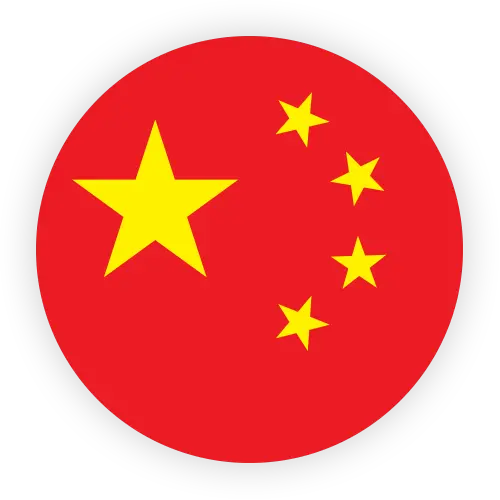
China

France
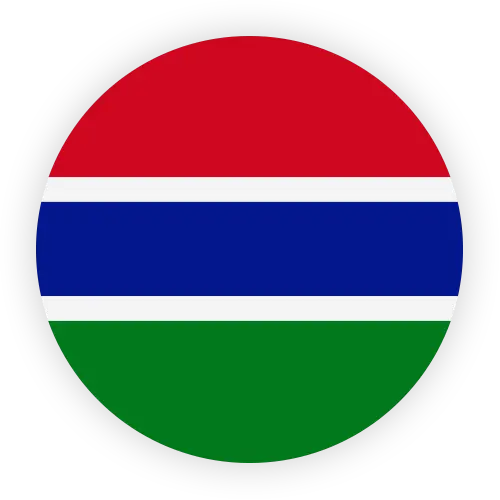
The Gambia

Germany

Ireland

Japan

Republic of Korea

Nigeria

Paraguay
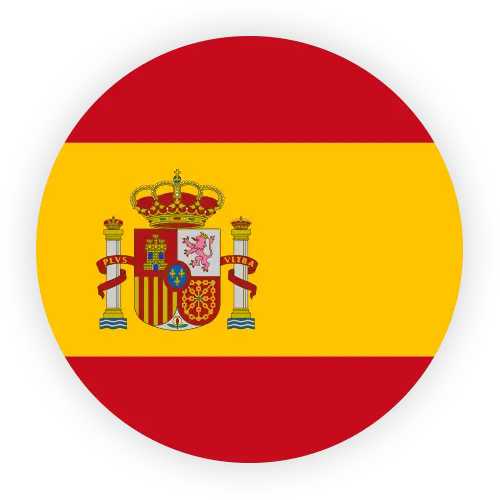
Spain

South Africa

United Kingdom

United States
The MAC Preparatory Commission has three core objectives that are required to bring the MAC Protocol into force.
- Establishment of an International Registry
- Preparation of Regulations for the International Registry
- Designation of a Supervisory Authority for the International Registry
Five countries ratifying the MAC Protocol The Preparatory Commission have already prepared the draft Regulations for the International Registry and designated a Supervisory Authority. The Preparatory Commission has almost finalised the process for establishing the International Registry.
As such, the focus has now shifted to encouraging countries to ratify the MAC Protocol, so it can enter into force and parties can taking advantage of its legal and economic benefits.
Current Status of the MAC Protocol
The MAC Protocol has currently been signed by five countries and the European Union.
- Republic of Congo (2019)
- Gambia (2019)
- Nigeria (2019)
- Paraguay (2019)
- United States of America (2020)
- European Union (2022)
Paraguay has since become the first country to successfully ratify the MAC Protocol, having done so in November 2024.
The European Union signing the MAC Protocol does not bind all European Union Member countries, it is merely a prerequisite for EU Member Countries to themselves sign the treaty.
History and Development of the MAC Protocol
The MAC Protocol was negotiated by the International Institute for the Unification of Private Law (Unidroit). The negotiation process included (i) a preparatory phase involving feasibility studies, economic assessments, questionnaires and surveys, (ii) an expert drafting phase involving four meetings of the MAC Study Group, (iii) an intergovernmental negotiation phase involving over 50 countries around the world, and finally (iv) a Diplomatic Conference phase that finalised and adopted the MAC Protocol in Pretoria, South Africa in November 2019.
Map of countries involved in the negotiation of the MAC Protocol
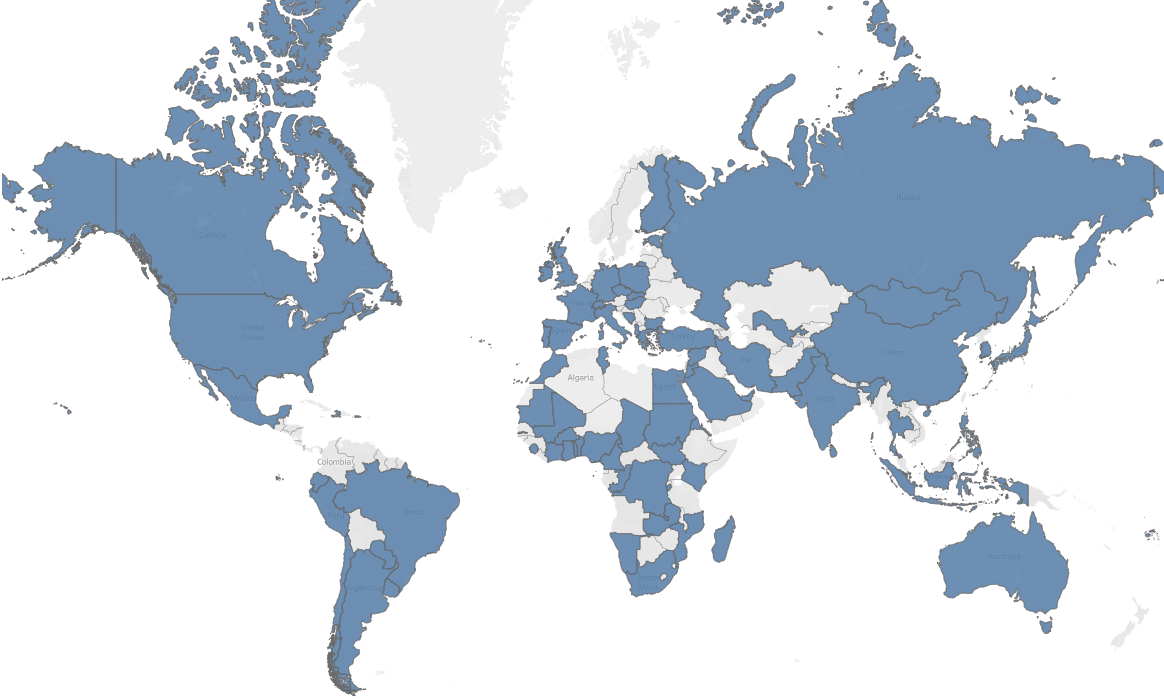
Further information on the history and development of the MAC Protocol is available on the UNIDROIT website.
News Library
Click here to view the latest news about the MAC Protocol.